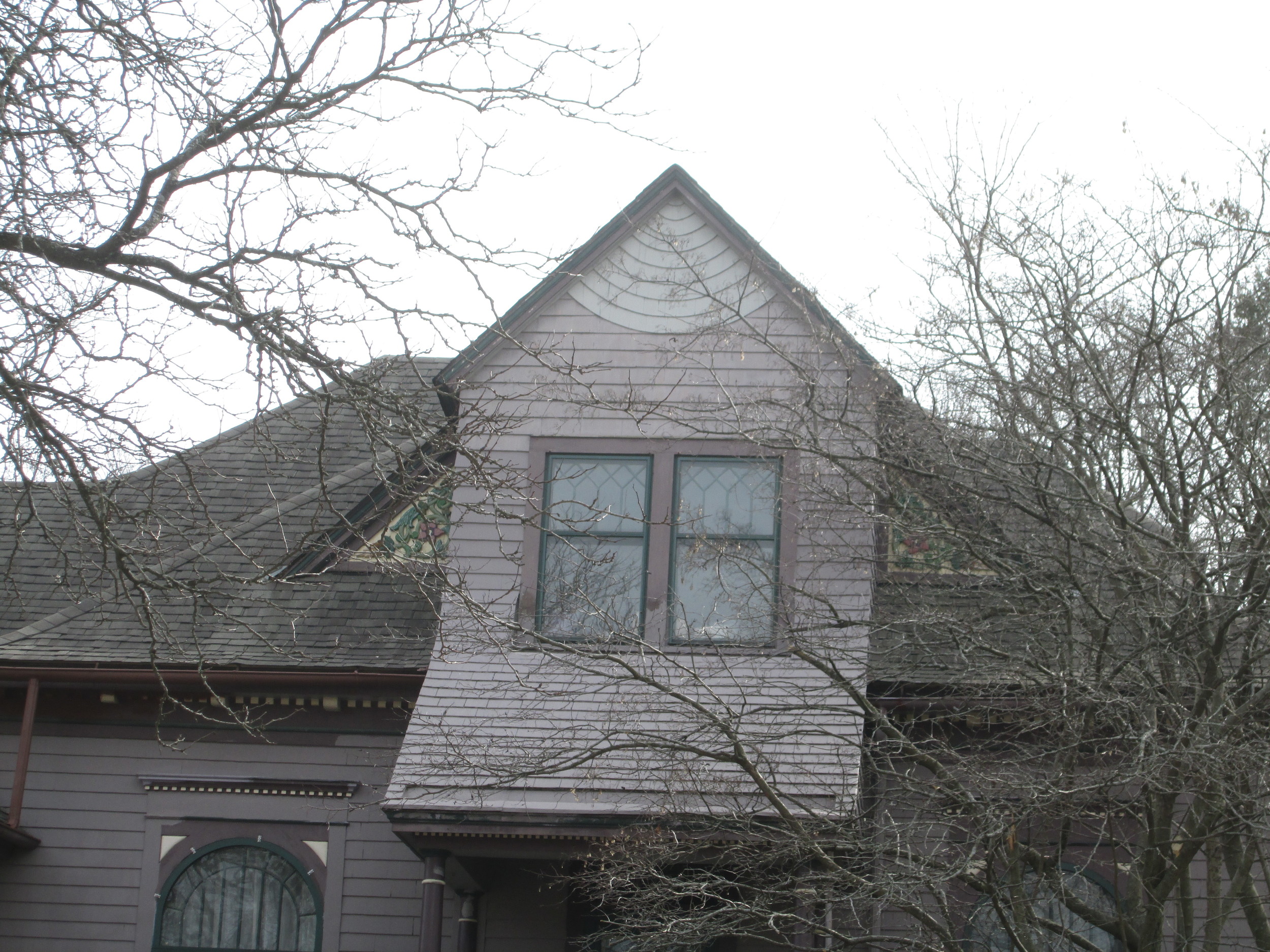419 DUPAGE STREET
HISTORIC SIGNIFICANCE
419 DuPage Street was built in 1891 for Edward L. Bishop, an ice dealer in Elgin. The homestead was designed by well-known Elgin architect, William Wright Abell, and built by Elgin builder, Henry Jensen for the sum of $2,600. A few years later, an addition was constructed to the house for the sum of $500. Edward and his wife, Julia, did not stay in the home long as they sold it to Willis Black in 1893 for $4,500. Black did not occupy 419 DuPage as he lived on Villa Street. He rented the house to William Gabriel from 1893 to 1904. Gabriel was a Connecticut native who learned tool making and machine building, achieving national recognition as a watch designer and an authority in mechanical engineering. He worked at the Elgin National Watch Factory and eventually became its chief designer.
Willis Black eventually sold the house to the heirs of John Kenyon (Ada Kenyon Christie and Albert Kenyon) for $6,000. Black used the money to place a payment toward his purchase of the Finla McClure's house at 770 W. Highland Avenue. Ada Kenyon Christie was the window of Stewart Christie. She was active in the First Congregational Church and occupied 419 DuPage until her death in 1924. The home stayed in possession of Ada's heirs until 1978.
ARCHITECTURAL SIGNIFICANCE
419 DuPage Street is a unique interpretation of the Queen Anne/Shingle Style home and is considered a significant structure in the Elgin Historic District. This house has a heavy, low pitched roof and brightly painted window hood moldings with arched glass windows. The house features two hipped roofs with two front facing gables, one of which projects over the front façade and forms the roof over the front porch. The property also contains a carriage house which was restored in 1995.
TIMELINE OF PREVIOUS OWNERS
Sources: 2007 Heritage Plaque Application; Audio: TextAloud






